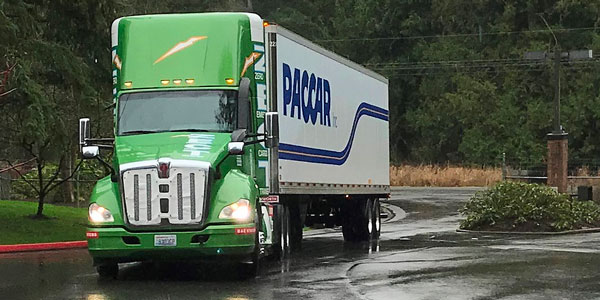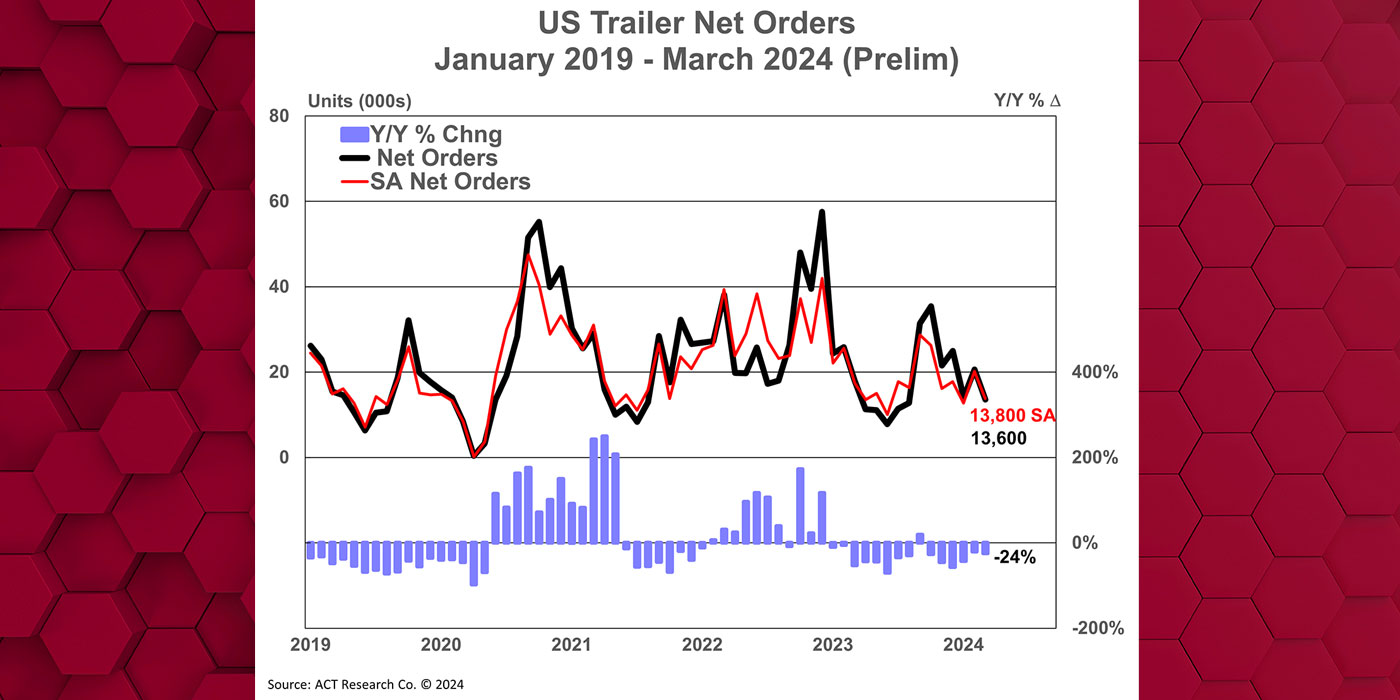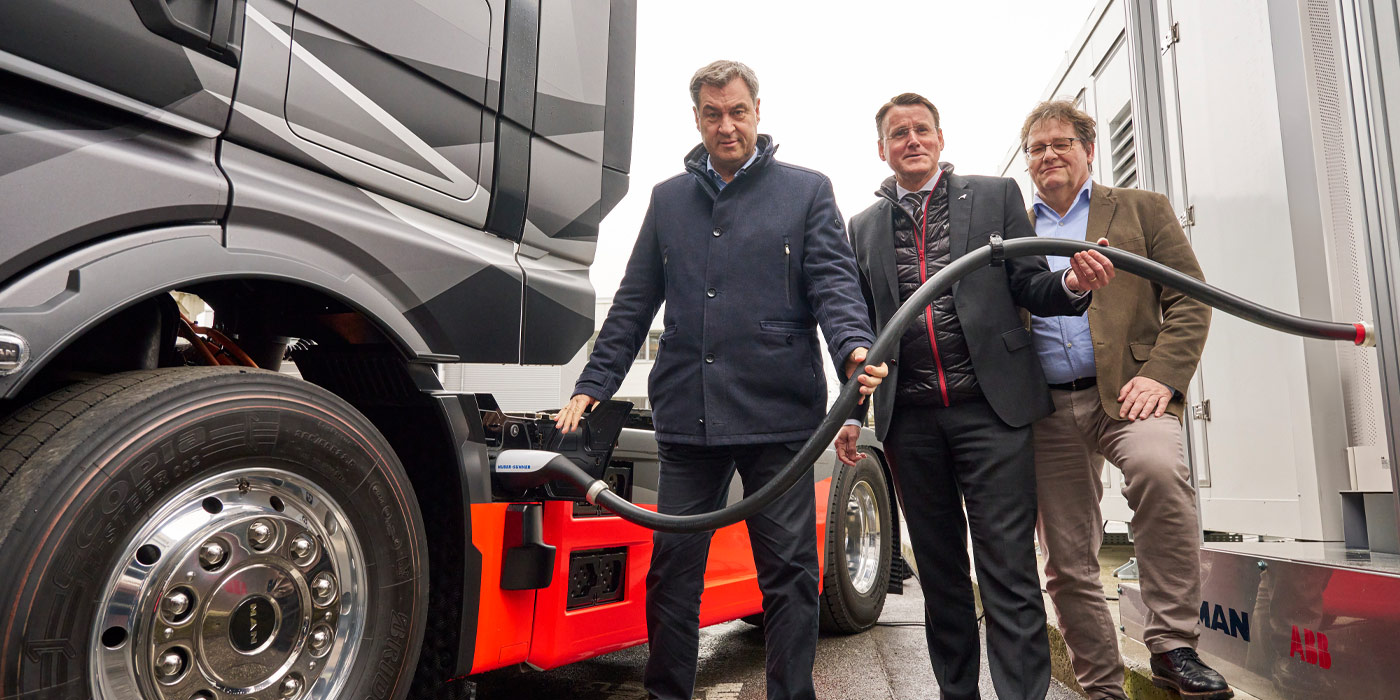Amid the buzz surrounding Class 8 heavy-duty trucks, let’s remember that an electrified Class 8 solution is still in development. The two most common types of electric trucks being produced are all-battery electric and hydrogen-electric. Battery-powered electric truck examples include the Fuso eCanter, a Class 4 truck with a range of up to 100 miles, a 15,995 lb. GVWR and a payload capacity of roughly 9,380 lbs., which is in production now. Hydrogen-electric vehicles, on the other hand, are powered by a hydrogen fuel cell, which combines compressed hydrogen gas and air to produce electricity that then powers the truck’s electric motor while releasing only water vapor into the atmosphere.
Kenworth has developed a prototype truck, dubbed Zero Emission Cargo Transport (ZECT) that runs on hydrogen fuel cells and touts a 150-mile range. Functionally, the ZECT is nearly identical to a conventional diesel-powered Kenworth T680—minus the engine under the hood and with a modified four-speed Eaton transmission rather than the standard 18-speed. The truck is set for duty running between the ports of Los Angeles and Long Beach, Calif.
When developing ZECT, Kenworth considered both all-battery electric and hydrogen power solutions. Brian Lindgren, Kenworth’s manager of research and development, explained why they went with the fuel cell.
“We think that battery electric has some challenges,” he said. “One is that batteries are heavy and expensive, and so we’re trying to limit how much battery you have on board. Also, batteries have to recharge. So either you recharge them for a long time or you charge them at a very high power rate.
“The higher power rate chargers today are about 100 kw/h, and if you were going to have the same range as the hydrogen truck, then you would probably need 600 to 800 kw/h for the same range. If you’ve got 800 you need to charge, and you’re charging at 100 kw/h, then that’s going to be eight hours.”
Another question: Can the power grid support that kind of power rate from all these charging trucks?
“For example,” Lindgren said, “we looked at how many trucks run short-haul in Southern California—roughly 60,000—and if you were to convert them all to electric you would need to increase the capacity of the electric grid by about 50%.”
Stephan Olsen, Kenworth’s director of product planning, noted that while Kenworth felt hydrogen-electric was the best solution for this truck, both all-battery electric and hydrogen-electric trucks will play a role in trucking’s electrified future.
“We don’t think that there’s going to be one single energy solution that will be the silver bullet,” he said. “They all have pros and cons.”
As with so much in the world of trucking, your choice between all-battery electric and hydrogen-electric—not to mention other alternative fuels such as compressed natural gas (CNG)—comes down to application.
“Think about duty cycles of trucks,” Olsen began, “if you take an inner-city beverage delivery truck that only travels 30 to 50 miles per day, then hydrogen probably isn’t the solution for that, but pure electric is because you don’t have much range requirement so you can rely simply on the batteries.
“But if that truck is going further,” he continued, “needs that extra range and you don’t want to be encumbered by the battery weight, then that’s where a natural gas range extender or a hybrid range extender would make sense. We’re going to need a variety of technologies in the future.”
Additionally, Lindgren notes that the hydrogen-electric truck is “strictly a regional-haul solution” right now, as the lack of hydrogen fueling infrastructure means the truck’s range limits its ability to tackle long-haul routes.














